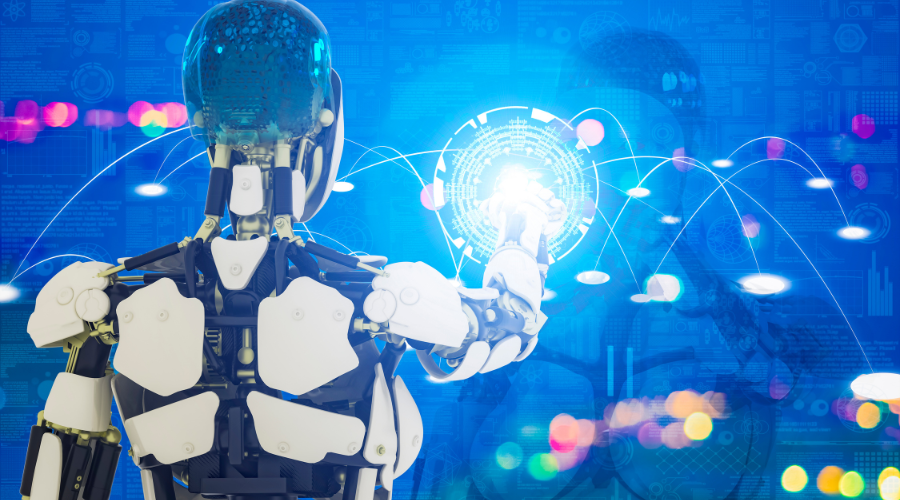From ChatGPT to healthcare to self-driving cars, AI seems to have a sudden, explosive presence in our digital ecosystems. Though this is great news for futuristic digital solutions, the overwhelming requirements for parallel processing, data transfers, workload distribution, and more are practically choking our networks. Consequently, startups like Arista are developing innovations to ensure smoother AI networking and cluster performance.
In this blog post, we will understand the circumstances that gave rise to Arista’s Cluster Load Balancing (CLB) and CloudVision Universal Network Observability (CV UNO). We will see the challenges traditional networking faces and how these innovations can help against them.
Challenges with the Evolving Networks
AI networking demands high-performing resources that can serve its unique traffic patterns. The flows generated by AI clusters are smaller in number but require large bandwidths. This is a peculiar situation for conventional networking that, more often than not, adds to the latency.
Here are some challenges that AI networking currently faces due to this:
- Load Balancing: Traditional load balancing methods are inefficient in the face of AI clusters with their simplistic flow hashing. The current load-balancing methods often lead to uneven traffic distribution, where certain network paths are overloaded while others remain underutilized. This also undermines the benefits of modern data center architectures like the spine-leaf architecture, where balanced utilization is critical.
- Observability: With the current state of AI networking, it is also difficult to maintain the visibility of AI jobs. With limited insight into metrics like congestion indicators, completion times, and more, resolving performance issues takes more time. The biggest reason is that traditional monitoring or observability tools rely on periodic queries, which might often miss critical updates. Dealing with AI networks requires more granular data, and that too in real time.
- Workload Performance: AI applications require high-speed communication to maintain their operations. High-latency to-and-fro caused by the network bottlenecks and higher resolution times directly impacts the overall performance of AI workloads.
How Arista Redefines Networking for AI
In order to deal with the above challenges, AI needs networking resources that are adaptive, flexible, and unyielding in their approach to handle the workloads. Here’s how the innovations by Arista help with this.
Cluster Load Balancing (CLB)
CLB’s approach to traffic optimization helps ensure a balanced, high-performing AI network. AI networking benefits from Remote Direct Memory Access (RDMA), which enables massive data transfers between GPUs, storage, and compute nodes. CLB offers what is called an RDMA-aware flow placement. Here’s how it helps:
- Load balancing - It utilizes RDMA queue pairs that align traffic distribution with AI-specific data flows to optimize the bandwidth utilization in architectures like spines and leaves.
- Traffic optimization - With a global approach, CLB can help balance loads in either direction to prevent congestion and latency.
- Minimized Tail Latency - CLB also ensures consistent network performance by preventing traffic hotspots that slow down AI job completion.
Arista CloudVision Universal Network Observability (CV UNO)
Upgrading the traditional observability methods, CV UNO offers features for continuous monitoring in AI networks with granular network telemetry. Here’s how this works:
- AI Job Monitoring - CV UNO provides real-time insights into AI job health, congestion indicators, and other metrics to prevent delays.
- Deep-Dive Analytics - It detects performance bottlenecks by analyzing network devices, RDMA errors, and other metrics.
- Flow Visualization – The CV topology mapping helps with microsecond-level visibility into AI job flows, expediting troubleshooting.
Conclusion
As AI is covering more ground in the digital landscape, it is coming up with more unique requirements that can be challenging to handle. Enhancements in traditional networking for AI resources are one challenge that Arista seems to have efficiently handled. With its innovations, businesses can enjoy low-latency AI operations supporting futuristic real-world use cases.






